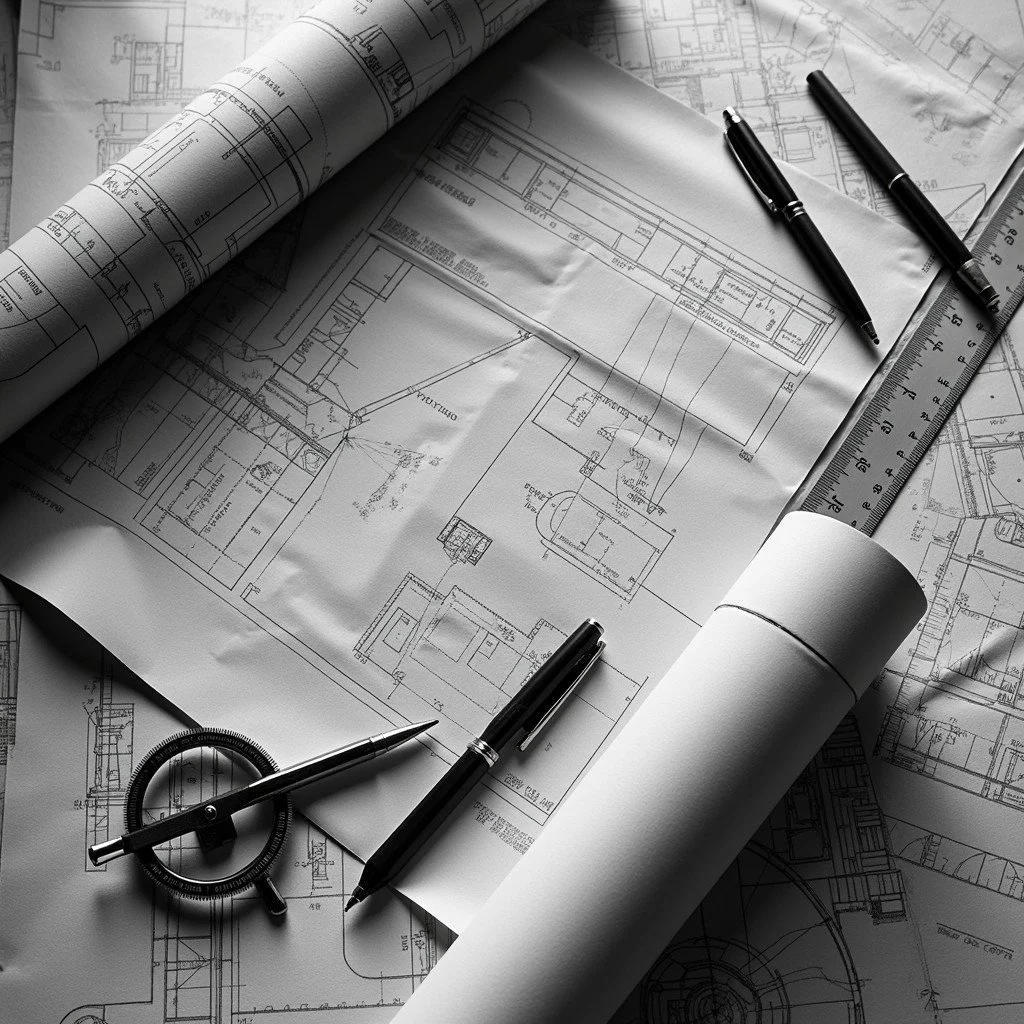PE and CA Services
Professional Engineering
The Professional Engineer (PE) stamp signifies that a set of drawings or documents has been prepared or reviewed by a licensed engineer who takes legal and ethical responsibility for the design’s accuracy, safety, and compliance. In the context of water feature design, a PE stamp is not just a regulatory requirement—it’s a mark of trust and technical rigor. It assures permitting authorities, contractors, and clients that the design meets applicable codes, performs safely under expected conditions, and integrates properly with structural, electrical, and mechanical systems.
For example, consider a project involving a large interactive fountain with high-velocity water jets and integrated lighting. Without proper hydraulic calculations, structural considerations for buried tanks, and coordination with electrical safety standards, the system could pose real safety risks. A PE’s involvement ensures that the foundation is adequately reinforced, that surge pressures are accounted for, and that GFCI protection is correctly specified. The stamped drawings provide the contractor with clear, buildable instructions and give officials the documentation they need to approve the project.
In essence, the PE stamp bridges design creativity with technical accountability—bringing confidence that the water feature won’t just look beautiful, but will operate safely and reliably for years to come.
Construction Admin Support
Construction administration by a fountain engineer provides critical continuity between the design phase and actual construction. While construction documents provide detailed guidance, real-world conditions often introduce variables—unexpected site conditions, material substitutions, or misinterpretations of the design. The fountain engineer’s involvement during construction ensures that these issues are addressed quickly and in a way that preserves the design intent and system performance.
For example, imagine a project where a water wall is designed with a narrow stainless steel spill edge to produce a smooth, continuous sheet of water. During installation, the contractor slightly misaligns the mounting brackets, causing the water to break and appear choppy. Without engineering oversight, this issue might go unnoticed until completion, requiring costly rework. However, with the engineer providing construction administration, the issue is identified early during a site visit, and a simple field adjustment is made—saving time, money, and preserving the visual quality of the feature.
Additionally, the engineer can assist with reviewing equipment submittals, ensuring specified pumps, filters, and control systems are correctly sourced and properly integrated. They also verify that the fountain start-up is performed correctly, ensuring everything functions as designed from day one. Construction administration is not just about troubleshooting—it's about protecting the project’s investment and ensuring a high-quality, enduring result.


